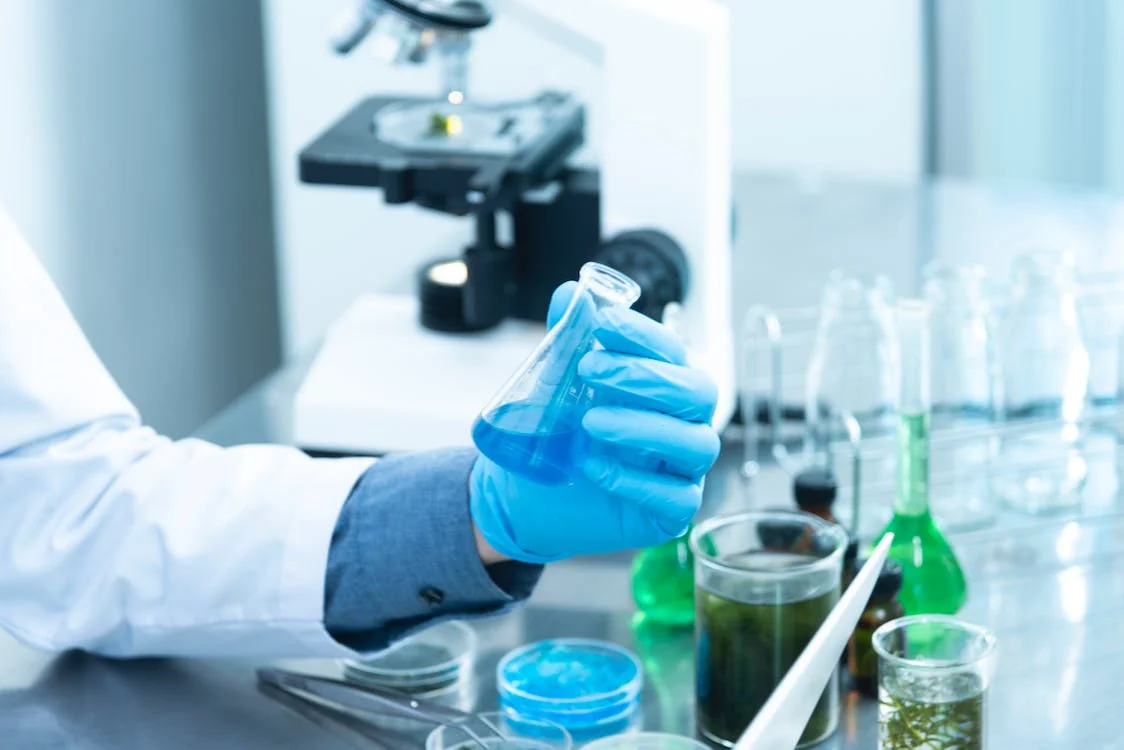Imagine a global wherein every cell function is managed using the complex dance of molecules that makes up the very cloth of existence. In this global, the language of genes is translated into the symphony of proteins. Welcome to the outstanding global protein expression, a system that connects the dynamic truth of living things to the blueprint contained in our DNA.
This voyage shows the mechanisms that underlie the hypnotic choreography of transcription and the attractive manufacturing line of translation.
In this research, we dig into the state-of-the-art mechanisms underlying protein expression, revealing their significance in biotechnology, remedy, and our desire to recognize the nature of life.
The Blueprint of Life: Genes and DNA
DNA is the blueprint for existence and is at the core of protein expression. DNA, also known as deoxyribonucleic acid, holds the genetic instructions that direct all living organisms’ growth, operation, and reproduction. In devices known as genes, these instructions are encoded. However, the DNA must wait to participate in the sports necessary for lifestyles.
Here, proteins play a major role as the translators of the genetic code into functional compounds and cell strategies. Biomatik has been happy to help hundreds of scientists since 2002. If you are having problems locating a protein relevant to your research, their bespoke Protein Expression Service team may be able to help.
Transcription: The Prelude to Protein Expression

The protein expression journey commences inside the cellular nucleus via a method referred to as transcription. An enzyme called RNA polymerase scans the DNA sequence of a specific gene. Genes are wonderful segments of the DNA that house the commands wished for the synthesis of specific proteins.
RNA polymerase “reads” the gene, producing a complementary molecule known as messenger RNA (mRNA). This single-stranded mRNA incorporates the genetic information from the nucleus to the cellular manufacturing facility where protein synthesis occurs.
RNA Processing and Export: Refining the Message

However, the newly fashioned mRNA sometimes needs to be prepared for translation. It undergoes a series of adjustments together, known as RNA processing. This includes eliminating non-coding regions referred to as introns and the splicing collectively of coding regions referred to as exons.
This editing manner transforms the raw mRNA into its mature shape, which is now geared up to depart the nucleus and embark on the adventure to the cytoplasm. Intriguingly, this journey is not easy; it involves a cautiously orchestrated collection of molecular interactions to ensure the mRNAs secure passage and integrity.
Translation: Building Proteins, One Amino Acid at a Time
The spotlight of protein expression shines on the manner of translation, which takes place within the cytoplasm. At the coronary heart of this method lies the ribosome, an incredible molecular machine responsible for deciphering the genetic data from mRNA and assembling the corresponding protein.
Translation is a complicated choreography regarding switch RNA (tRNA) molecules, each sporting a selected amino acid, the building blocks of proteins. As the ribosome reads the mRNA’s codons – 3-letter sequences that code for a particular amino acid – it matches them with the perfect tRNA.
These tRNAs bring inside the amino acids in the correct collection, forming a growing polypeptide chain. This chain sooner or later folds into the unique 3-dimensional shape that defines the protein’s function.
Post-Translational Modifications: The Art of Refinement
However, the journey continues after the protein chain is synthesized. Post-translational modifications (PTMs) are the virtuosos of mobile refinement. These adjustments involve chemical changes to the protein after its preliminary synthesis.
They can include phosphorylation (addition of phosphate groups), glycosylation (addition of sugar molecules), ubiquitination (attachment of small proteins known as ubiquitin), and extra. These adjustments correspond to pleasant tuning, supplying precise traits to the protein, which includes stability, activity, or localization.
PTMs also contribute to proteins’ extraordinary diversity and versatility in performing their functions.
Significance of Understanding Protein Expression
Unraveling protein expression mechanisms is a quest that extends past clinical interest. It holds profound implications across several fields, from medicine to biotechnology.
In medication, know-how protein expression presents insights into the molecular foundation of illnesses. Dysregulation of protein expression is regularly related to numerous disorders, including cancer. By comprehending the intricacies of protein expression, researchers can identify capacity healing goals and increase interventions to correct aberrant tactics.
Biotechnology, then again, relies on the manipulation of protein expression. Genetic engineering enables the layout of organisms that produce valuable proteins, from insulin to enzymes used in business processes.
A thorough draw close of protein expression mechanisms enhances the optimization of protein manufacturing, thereby accelerating advancements in industries ranging from medication to agriculture.
Advances in Research and Technology

Contemporary research is empowered by current technologies that light up the protein expression mechanism. Techniques like subsequent-era sequencing and mass spectrometry enable researchers to concurrently examine the expression of thousands of genes and proteins. These strategies offer a wide-ranging view of gene expression styles and the numerous adjustments that shape protein features.
Another ground-breaking stride is the realm of unmarried cell evaluation. Traditional techniques frequently homogenize cell populations, covering heterogeneity among character cells.
Single-mobile evaluation dissects this complexity, allowing researchers to scrutinize gene expression patterns in personal cells. This no longer deepens our protein expression knowledge but also gives insights into cellular range and reaction.
Bottomline
The protein expression mechanism is a pivotal axis of life’s elaborate equipment. This method orchestrates the dynamic dance of cellular life from the inception of transcription to the symphony of translation and the harmonious post-translational adjustments.
The voyage of know-how protein expression transcends laboratory benches, promising novel treatment plans, technological revolutions, and a profound comprehension of the organic tapestry that envelops us. As medical inquiry evolves, we anticipate that the unveiling of the protein expression mechanism will continue to enlighten and inspire our exploration of lifestyle’s private mysteries.
